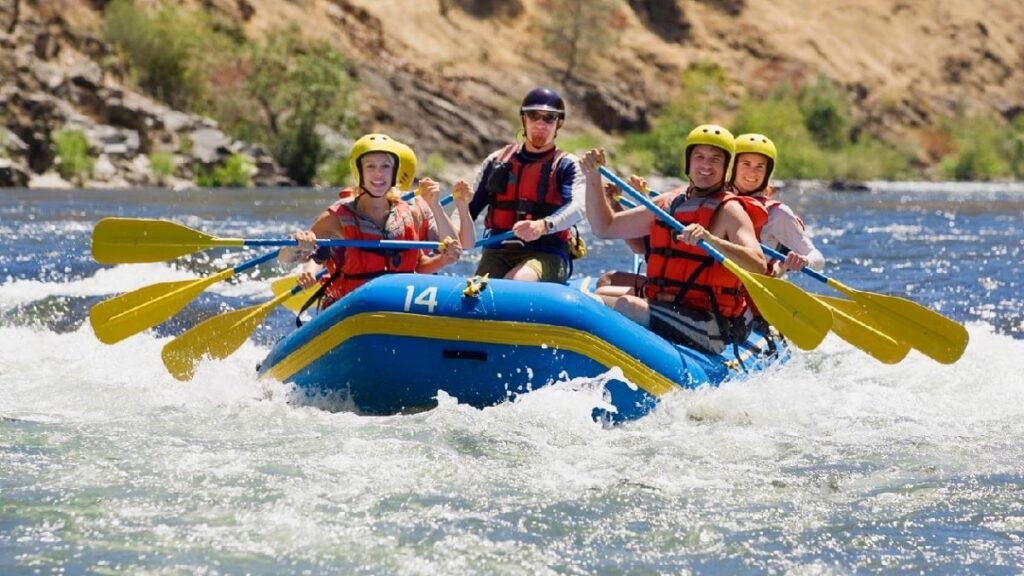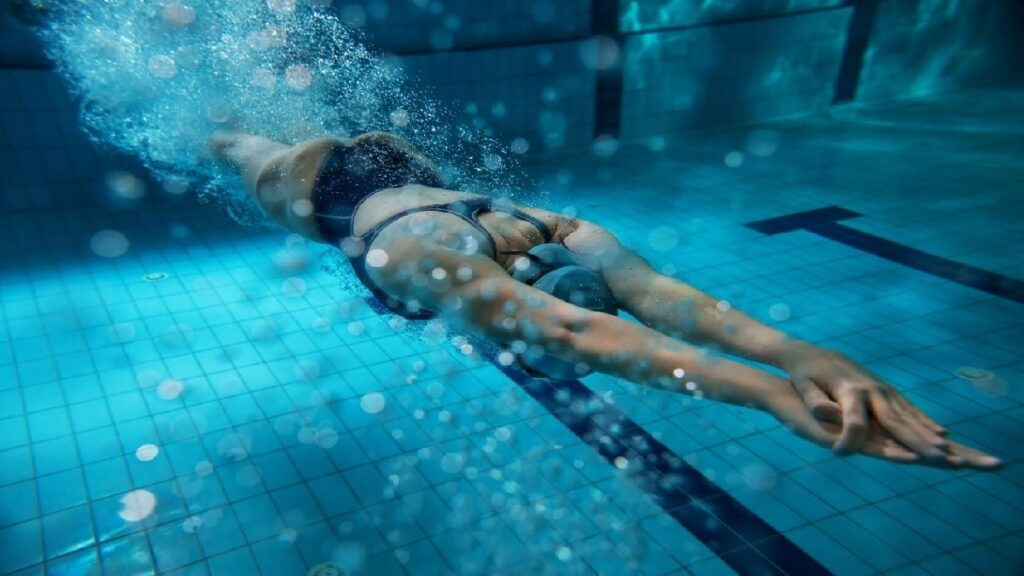
Fly-fishing for trout with streamers is an art that promises rewarding catches, especially when you’re aiming for the bigger, more elusive ones. Streamers, unlike other fly-fishing lures like dry flies and nymphs, don’t imitate small insects. Instead, they replicate larger prey, such as baitfish, offering trout a more substantial meal rich in protein. This distinction in prey representation requires a unique approach in streamer fly-fishing, diverging significantly from the techniques used for smaller bugs.
Streamer fishing involves a more active role from the angler. Unlike achieving a natural, drag-free drift with dry flies and nymphs, streamers demand dynamic movement, brought to life through strategic retrieval techniques and skillful rod manipulation. They resemble conventional lures more than traditional trout flies in this aspect.
Despite being more labor-intensive, streamer fishing can yield impressive results, particularly during early spring and fall when other aquatic insects are scarce. The popularity of using modern, oversized streamers for trophy fish has been rising, thanks to the contributions of numerous fly tyers. However, many classic streamer patterns, which don’t require specialized gear, have been successfully landing giant trout for decades. Whether you’re wading in a river or casting from a drift boat, understanding the basics of streamer fishing can significantly enhance your trout fishing experience.
Table of Contents
Essential Gear for Streamer Fishing
For those already equipped for dry fly and nymph fishing, a standard 9-foot 5- or 6-weight fly rod and reel are perfectly suitable for streamer fishing. Most reels are loaded with floating fly lines, which are sufficient for this style. However, investing in a short, removable sink tip can be beneficial. These weighted line sections attach easily to your floating line, helping your streamer dive deeper into the trout’s strike zone. Their ease of attachment and removal makes them highly versatile for varying water depths.
Choosing Between Weighted and Unweighted Streamers
Streamer flies can be either weighted or unweighted. Weighted streamers, often equipped with lead dumbbell eyes, metal coneheads, or lead-wrapped hooks, sink faster and exhibit a jigging motion during retrieval. If you pause while reeling in, these flies will drop rather than hover, mimicking a wounded prey.
Unweighted streamers, on the other hand, are best used with a short sink tip. They don’t sink rapidly on their own but exhibit lifelike movements in the water, similar to hard-plastic jerkbaits. Both weighted and unweighted streamers have their unique advantages, and carrying a mix of both is advisable.
Three Must-Have Streamer Patterns
With a bewildering array of streamers available today, it’s easy to get overwhelmed. However, having these three patterns in your arsenal can prepare you for nearly any trout fishing scenario:
Zonker

A classic for nearly a century, the Zonker’s weighted core and rabbit strip material create a seductive, wiggling motion in the water.
Sparkle Minnow

A modern favorite, this pattern features a chubby profile with lots of flash. The conehead enhances its jigging action, irresistible to big trout.
Woolly Bugger

Known for its effectiveness, the Woolly Bugger comes in both weighted and unweighted versions and various colors to match a wide range of prey.
Streamer Fishing Techniques
Mastering streamer fishing involves more than just casting and reeling in. Here are some tips to enhance your technique:
- Keep the Rod Low: This approach keeps your streamer submerged and positions you better for a solid hook set.
- Proper Strike Technique: Unlike nymph or dry-fly fishing, where you lift the rod to set the hook, with streamers, continue stripping the line after the trout takes the bait. This ensures a firm hook set.
- Utilize the Current: Let the current do some of the work for you. The “swinging” technique, where you allow the current to naturally move the streamer, can be highly effective.
- The Dead Drift: Sometimes, the best action is no action. Allowing patterns like the Zonker and Woolly Bugger to drift naturally in the current can often entice trout, simulating an easy, vulnerable target.
Streamer fishing for trout can be an exhilarating and rewarding experience. With the right gear, patterns, and techniques, you can significantly increase your chances of landing those trophy fish that every angler dreams of. Whether you’re a seasoned angler or just starting, incorporating streamers into your fly-fishing repertoire will undoubtedly enhance your time on the water.
Read Also:




